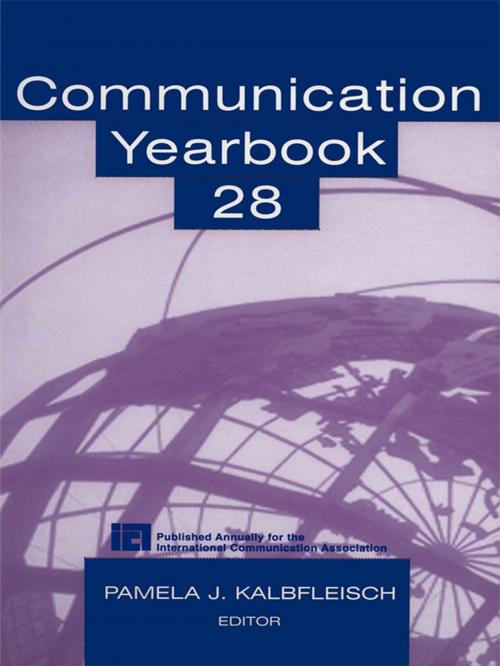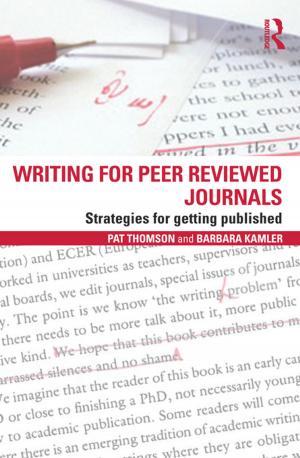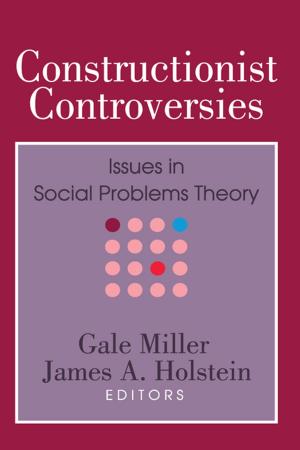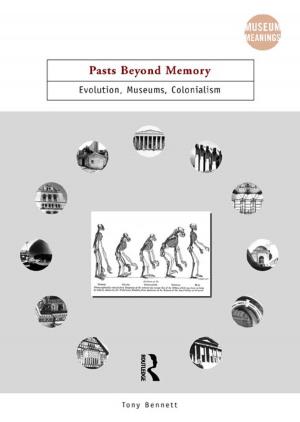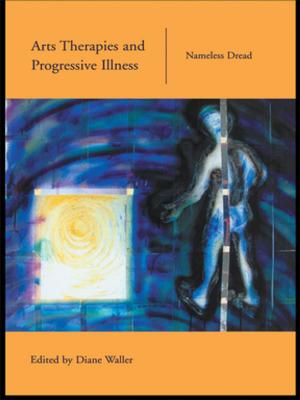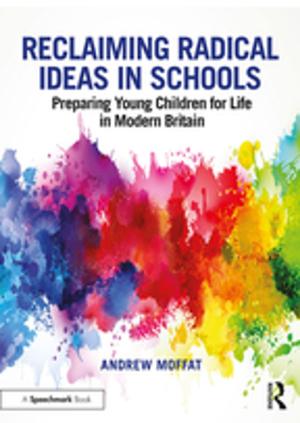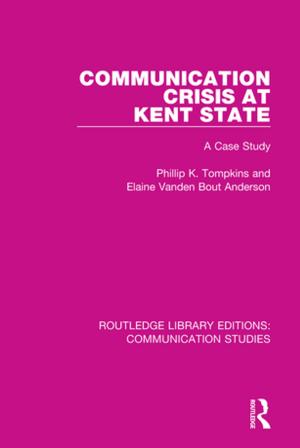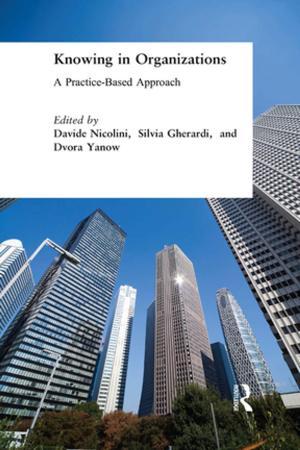| Author: | ISBN: | 9781135608804 | |
| Publisher: | Taylor and Francis | Publication: | June 18, 2004 |
| Imprint: | Routledge | Language: | English |
| Author: | |
| ISBN: | 9781135608804 |
| Publisher: | Taylor and Francis |
| Publication: | June 18, 2004 |
| Imprint: | Routledge |
| Language: | English |
Communities are composed of connected individuals. The communication that exists within, about, and between these communities is at the heart of Communication Yearbook 28. This book draws from the broad range encompassed by the communication discipline to review literature that has something to say about community and what the communication discipline has to contribute to understanding this human connection.
Offering state-of-the-art research, Communication Yearbook 28 presents:
*an influence model addressing the most basic level of community--the personal relationship;
*the literature on romantic and parent-child relationships at a distance;
*community in terms of those working at home and telecommuting, running home-based businesses, and participating in online communities;
*the communicative venue for community building and fragmentation;
*social capital and tolerance;
*the literature on collaboration, examining this communicative performance in community groups;
*community as a foundation for the study of public relations theory and practice;
*the visual images of community and what they suggest about these communities to those looking in from the outside;
*the role new technology plays in maintaining community; and
*community contexts.
This book is an important reference on current research for scholars and students in the social sciences.
Communities are composed of connected individuals. The communication that exists within, about, and between these communities is at the heart of Communication Yearbook 28. This book draws from the broad range encompassed by the communication discipline to review literature that has something to say about community and what the communication discipline has to contribute to understanding this human connection.
Offering state-of-the-art research, Communication Yearbook 28 presents:
*an influence model addressing the most basic level of community--the personal relationship;
*the literature on romantic and parent-child relationships at a distance;
*community in terms of those working at home and telecommuting, running home-based businesses, and participating in online communities;
*the communicative venue for community building and fragmentation;
*social capital and tolerance;
*the literature on collaboration, examining this communicative performance in community groups;
*community as a foundation for the study of public relations theory and practice;
*the visual images of community and what they suggest about these communities to those looking in from the outside;
*the role new technology plays in maintaining community; and
*community contexts.
This book is an important reference on current research for scholars and students in the social sciences.
